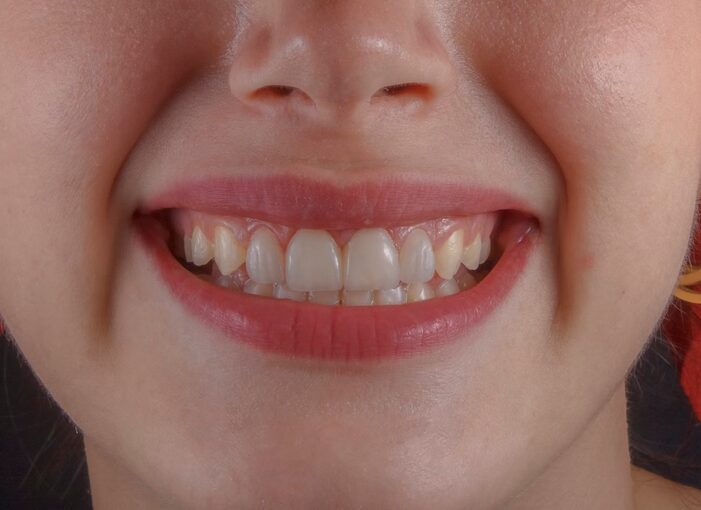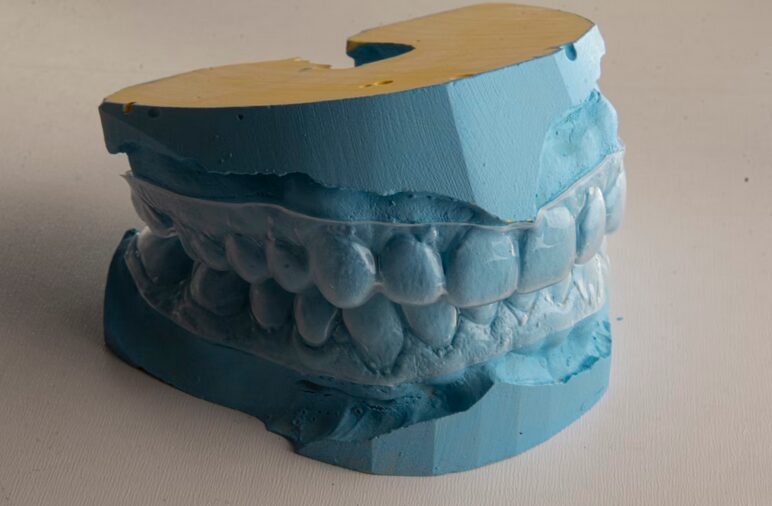Are you considering Invisalign for your orthodontic needs? If so, you’re not alone. This innovative treatment has gained immense popularity in recent years. However, along with its rise to fame come several misconceptions that can cloud the decision-making process. Many people still believe certain misconceptions about what Invisalign can and cannot do.
Now, let’s dive into some of the most common misunderstandings surrounding this modern alternative to traditional braces. By clearing up these misconceptions, you’ll be better equipped to determine if Invisalign is the right choice for achieving that perfect smile you’ve always wanted.
Invisalign Is Only for Minor Issues

One of the biggest myths about Invisalign Islington is that it’s only effective for minor dental issues. This misconception often leads people to overlook its potential benefits for more complex cases. In reality, Invisalign can address a wide range of orthodontic concerns. Whether you’re dealing with crowded teeth, gaps, or even bite problems like overbites and underbites, this treatment has proven successful for many patients. The technology behind Invisalign allows for precise adjustments throughout the process. Each set of aligners is custom-made to gradually shift your teeth into their desired positions. Many orthodontists have successfully treated severe misalignments using this method.
Aligners Are Unnoticeable
Many people believe that Invisalign aligners are completely invisible. While they are discreet, it’s important to understand they may still be noticeable up close. The clear plastic design helps them blend in with your natural teeth, making them less conspicuous than traditional braces. However, under certain lighting or at specific angles, a keen observer might spot them. Another thing to consider is how often you wear the aligners. For best results, keeping them on for 20-22 hours daily is essential. If you’re frequently removing them for meals or special occasions, it can draw attention when you put them back in.

Invisalign Treatment Is Quick and Easy
Many people believe that Invisalign treatment is a quick and hassle-free process. While it does offer convenience, the reality can be more nuanced. The duration of treatment often depends on individual dental needs. Some patients may complete their journey in as little as six months, while others might require up to two years for optimal results. It’s essential to have realistic expectations regarding timelines. Moreover, while wearing aligners is straightforward, consistent commitment is key. Patients must wear them for 20 to 22 hours daily for effective movement of teeth. Forgetting or skipping days can prolong the overall treatment time.
Treatment Costs Are Always High
A common misconception is that Invisalign treatment costs a fortune. While it’s true that prices can vary, they aren’t as steep as many think. Multiple factors influence the cost. The complexity of your dental issues plays a significant role. Minor adjustments may require less time and fewer aligners, resulting in lower overall expenses. Additionally, many dental insurance plans now cover some or all of the costs associated with Invisalign. This means patients might pay significantly less than expected.
Invisalign Isn’t as Effective

Many people believe that Invisalign isn’t as effective as traditional braces. This misconception stems from a lack of understanding about how clear aligners work. Invisalign uses advanced technology to design custom aligners tailored to your unique teeth. Each set moves your teeth step by step toward the desired position. When worn correctly, these aligners can be just as effective for various orthodontic issues. Some may think only severe cases require metal braces. However, Invisalign has proven successful in treating complex dental problems too.
When considering Invisalign treatment, it’s essential to dispel common misconceptions that might cloud your judgment. Whether you have complex orthodontic issues or are simply seeking a subtle way to enhance your smile, understanding the full capabilities of Invisalign can help you make an informed decision. Understanding these aspects will empower anyone considering their orthodontic journey with clearer expectations and greater confidence in their choices regarding Invisalign treatment. We hope that …


